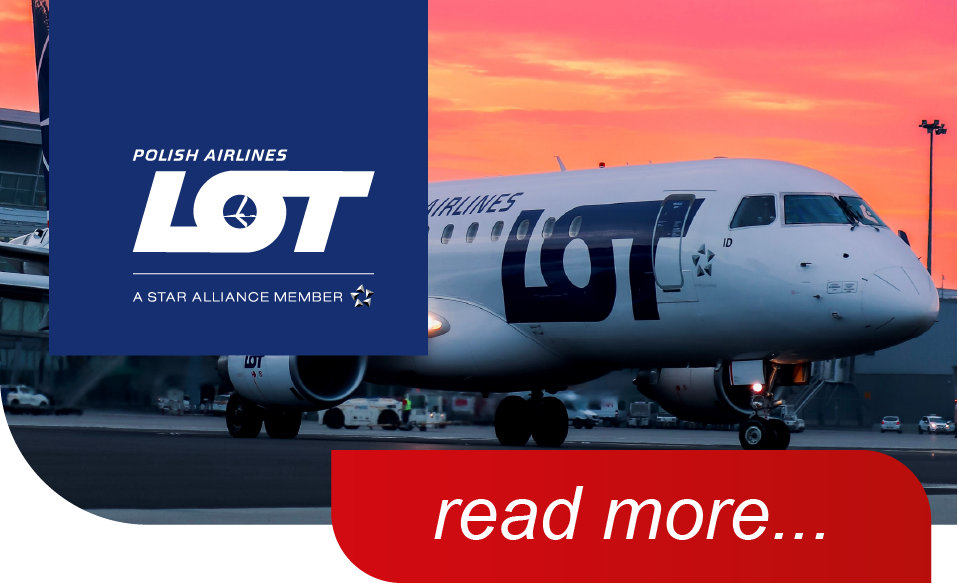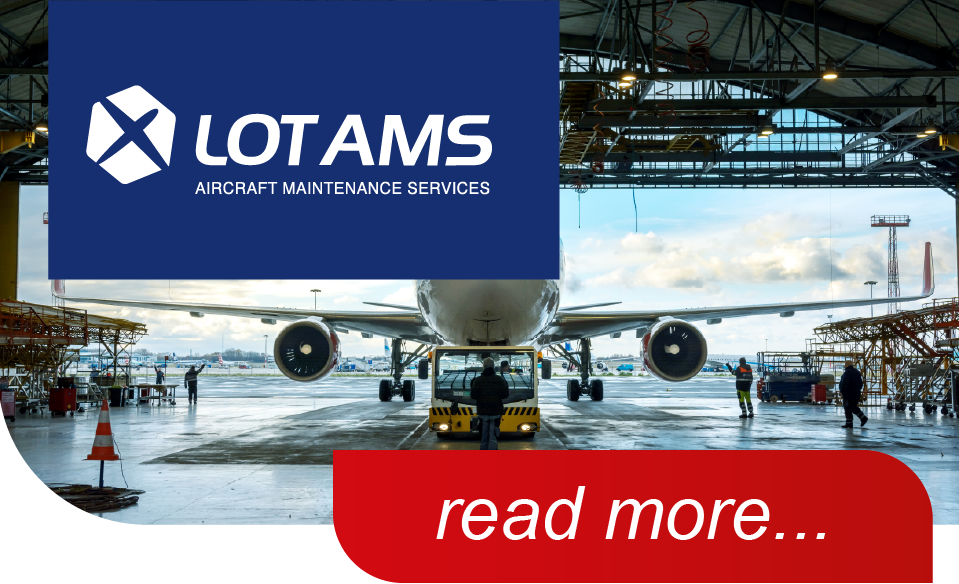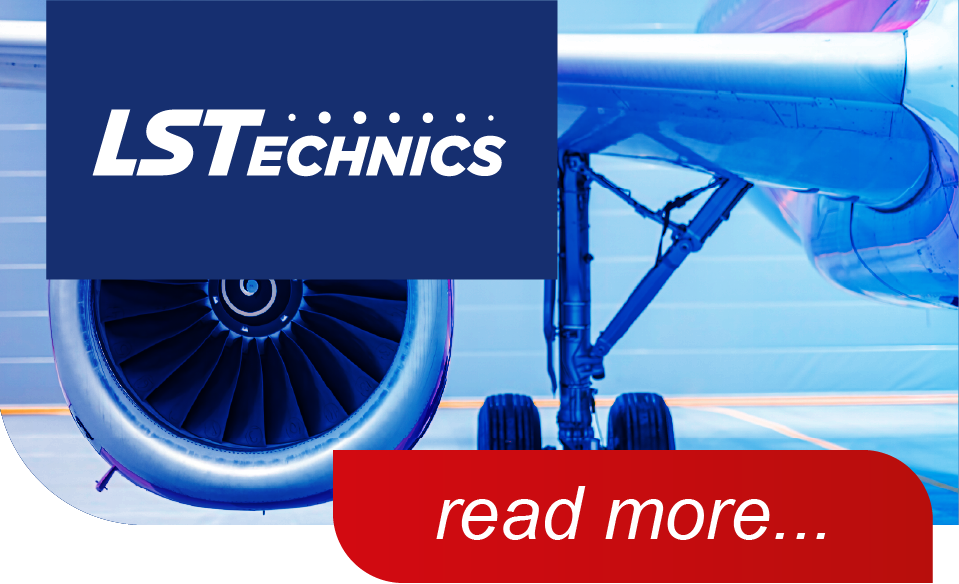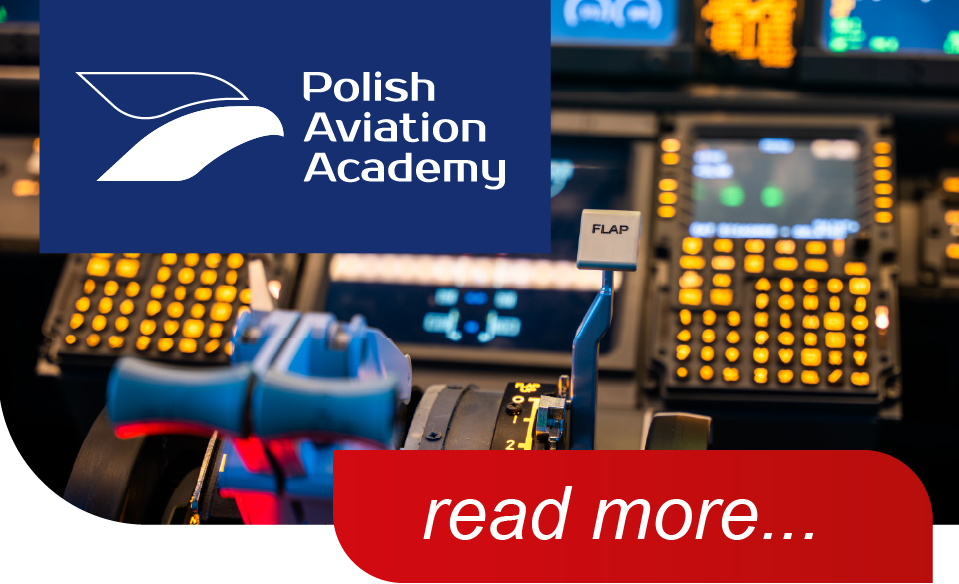VOL.2
LUTY 2025
VOL.2
FEBRUARY 2025
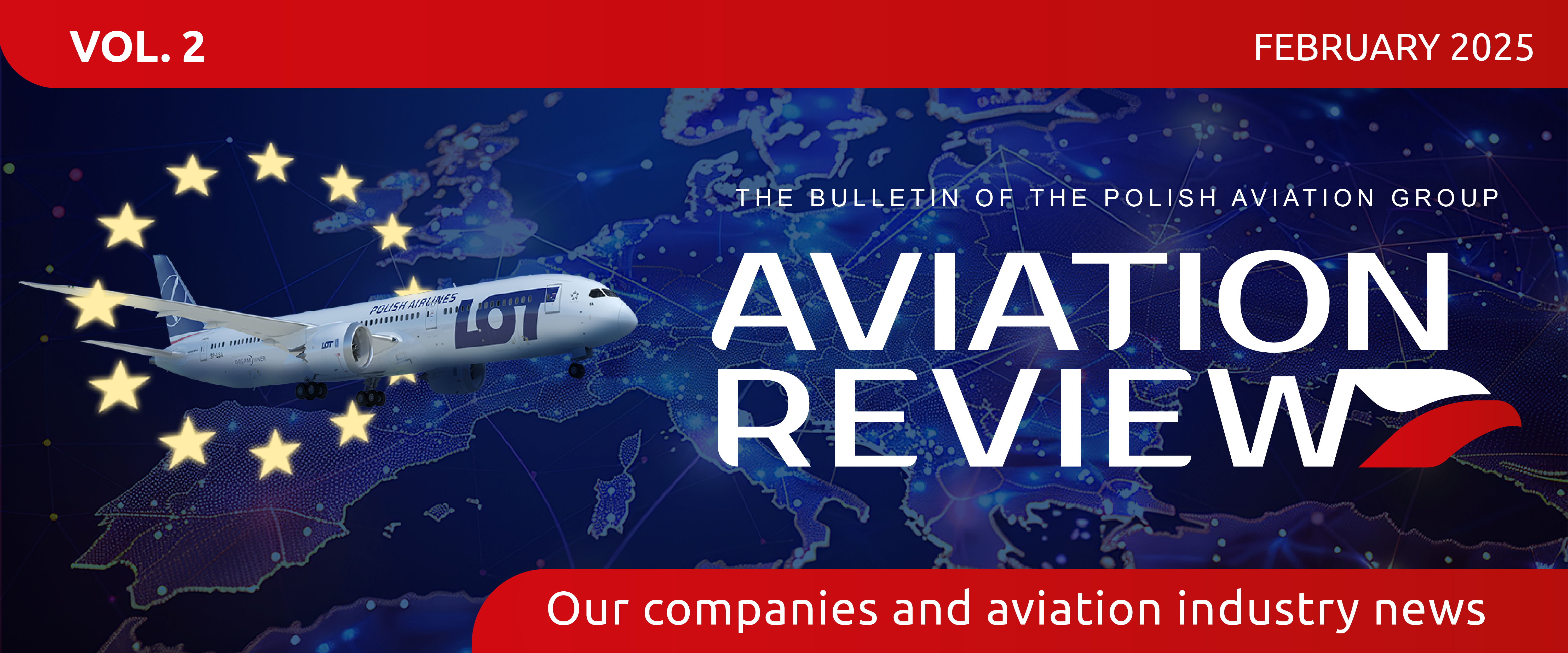
First
call
Table of content
Take a look at what we’ve prepared for you in the first edition of the bulletin:

EU Aviation Competitiveness and Environmental Challenges: Prospects for the Polish Presidency

Aircraft Order and Delivery Trends: A Summary

Polish Aviation Group Strategy Update to 2025

Monthly Summary from the Group Companies
Dear Colleagues,
We are pleased to present the latest edition of the PGL (Polish Aviation Group) Aviation Review. The previous issue reached nearly 2,700 employees and associates across our Group, reaffirming the value of our industry analyses and company updates. Our aim is not only to share knowledge and insights into development trends but also to present various areas of aviation activities in which the PGL Group specializes.
In this issue, we explore the ongoing debate within the European Union on the competitiveness of European carriers. We hope that the Polish Presidency of the Council of the EU will amplify our industry’s voice even further. We also examine trends in aircraft deliveries – according to current plans, the LOT Polish Airlines fleet is set to grow to 110 aircraft by 2028. The carrier from our group has just announced that in 2024, 10.7 million passengers were transported onboard its aircraft, and the new aircraft are expected to enable further growth in the coming years.
Meanwhile, our MRO companies: LOTAMS & LS Technics are constantly developing their infrastructure to meet the market’s growing demands while simultaneously ensuring the comfort of current teams and investing in future personnel.
We invite you to read on and contact us at: komunikacja@pgl.pl.
With best regards,
The Editorial Team


EU Aviation Competitiveness and Environmental Challenges: Prospects for the Polish Presidency
Aviation has long been one of the key sectors of the European Union economy, employing 2 million people and contributing €174 billion to GDP (2023). When factoring in supply chains and tourism, its total impact reaches €760 billion and 9.2 million jobs, accounting for 4.4% of employment and 4.5% of GDP. Forecasts suggest that by 2043, the sector could generate 14 million jobs and €1.5 trillion in GDP. However, a major challenge remains: maintaining the global competitiveness of European carriers while meeting the EU’s ambitious and costly environmental targets, which require political decisions at the highest level. With the Polish Presidency of the EU approaching, we examine the regulatory landscape and the future of the industry – discover what changes may be on the horizon!
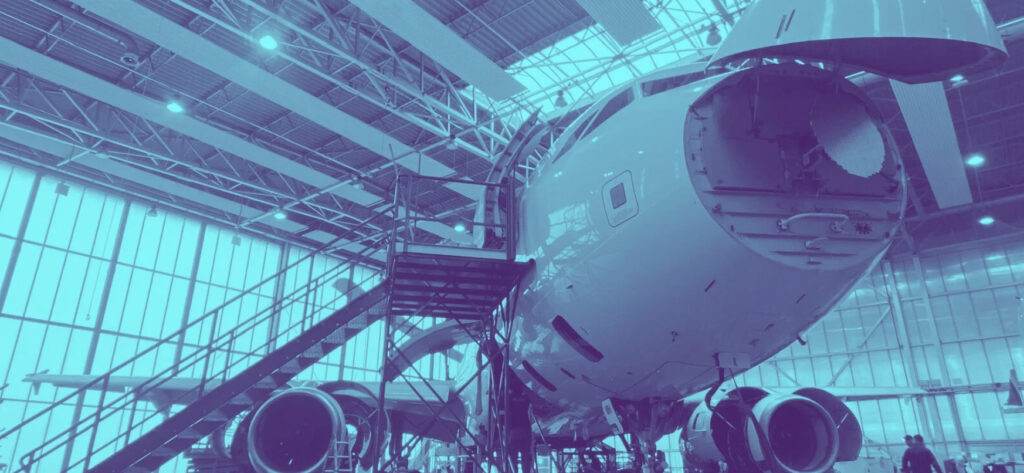
Trends in Passenger Aircraft Orders and Deliveries
What does the market for commercial aircraft orders and deliveries look like? Who leads the industry? To answer these questions, we analyse data from the world’s three largest commercial aircraft manufacturers: Airbus, Boeing, and Embraer. It is worth noting that the past year was not the strongest for these manufacturers, as the number of aircraft delivered did not exceed the levels recorded in 2019 or 2023.
The three largest manufacturers of commercial jet aircraft – Airbus, Boeing, and Embraer – delivered a total of 1,175 aircraft to civilian customers in 2024. The highest number of deliveries occurred in the final quarter of the year, with airlines and leasing companies receiving 369 aircraft. Over the course of the year, 1,011 narrow-body and 164 wide-body aircraft were delivered. In terms of orders, the three manufacturers secured a total of 1,323 aircraft sales: Airbus – 826, Boeing – 377, and Embraer – 120.


Europe is at the forefront of decarbonisation efforts, but we also see how this is affecting the competitiveness of European aviation compared to carriers from other regions. EU airlines also face challenges linked to passenger compensation regulations and the competitive imbalance caused by the closure of Russian airspace. The European Commission is planning regulatory changes concerning slots, airport charges, and the rules for operating air transport within the EU. I am confident that during the Polish Presidency of the Council of the European Union, the industry’s voice on these matters will be heard. We remain an active participant in this dialogue.
.….….….….….….….….….……

Grzegorz Michorek
Deputy Director of the Network Office, Alliances & External Relations Unit
LOT Polish Airlines

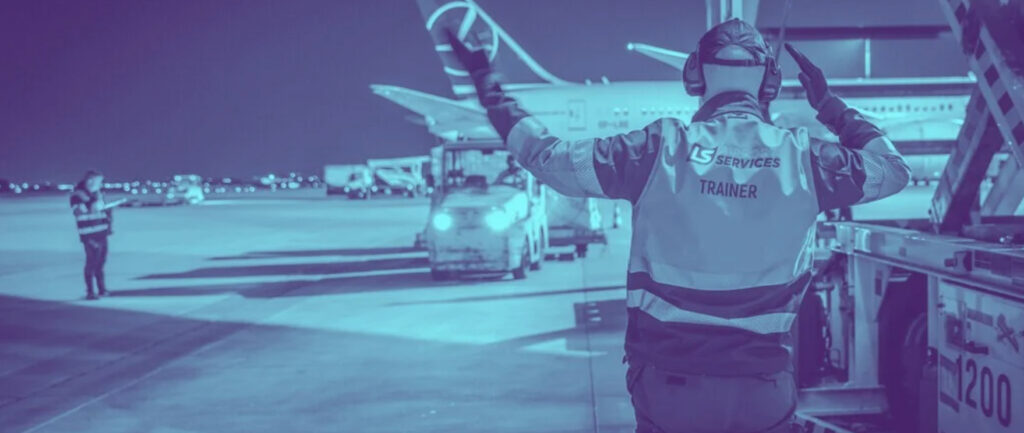
Polish Aviation Gtroup Strategy – Update Until 2025
The Polish Aviation Group’s Strategy for 2021 – 2024 has been updated and extended through to the end of 2025.
Our key development priorities from the 2021 – 2024 Strategy remain the same, but we are also introducing new initiatives. Moving forward, we will continue to build our future around four fundamental pillars: Profitable Growth, Efficiency Improvement, Technological Transformation (including sustainability initiatives), Coordination and Strategic Security.
Under these pillars, we have defined 33 key tasks, including 13 initiatives spanning all PGL Group companies.
Soon, we will begin work on a new strategy, primarily aimed at leveraging opportunities arising from the creation of the Central Transport Hub (CPK). This includes ensuring that PGL Group companies have the appropriate conditions for growth within the airport ecosystem, aligned with their potential and significance for the aviation market.
- Profitable Growth,
- Efficiency Improvement,
- Technological Transformation (including sustainability initiatives),
- Coordination and Strategic Security.
Under these pillars, we have defined 33 key tasks, including 13 initiatives spanning all PGL Group companies.
Soon, we will begin work on a new strategy, primarily aimed at leveraging opportunities arising from the creation of the Central Transport Hub (CPK). This includes ensuring that PGL Group companies have the appropriate conditions for growth within the airport ecosystem, aligned with their potential and significance for the aviation market.
Soon, we will begin working on a new strategy that will capitalise on the opportunities presented by the Central Communication Port (CPK). Our aim is to ensure that PGL Group companies have everything they need to thrive in this new airport ecosystem, in line with their potential and role in the aviation market.

Monthly Summary from the Polish Aviation Group Companies
The past month at the Polish Aviation Group companies has been marked by dynamic growth and new initiatives. LS Technics is expanding its infrastructure and implementing modern digital solutions, LOT Polish Airlines LOT has presented its results for 2024, launched direct flights to Lisbon and begun recruitment for its internship programme, and LOTAMS has completed the first maintenance check of a modern Embraer E2 from the LOT Polish Airlines fleet. Meanwhile, young aviation enthusiasts from Resovia had the opportunity to gain practical experience at the Polish Aviation Academy (PAL) simulator centre. Visit the following subpages to learn more about the latest activities across the PGL Group companies.


Aleksandra Mościbrodzka,
PGL

Joanna Krzyżaniak,
PLL LOT

Eliza Mosionek,
LOTAMS

Anna Szczygieł,
LS Technics

Aneta Przybylska,
LSAS

Anastazja Woitiul,
PAL
“Przegląd Lotniczy” is a joint project of the corporate communication teams from the companies belonging to the PGL Group.
Publisher:
Polska Grupa Lotnicza S.A.
ul. Komitetu Obrony Robotników 45A
02 – 146 Warszawa
Graphical Design: Kobieta Pracująca Katarzyna Korabiusz
Programming and UX Optimisation: White Tiger Sp. J.
Contact:
All rights reserved. Further distribution of the newsletter’s content without the publisher’s con-sent is prohibited.


